All you need to think about with most cables and wires is their length and the speaker connectors they employ. It's more complicated with speaker wire, which is why we're looking at speaker wire gauge.
Introduction about Speaker Wire Gauge
The thickness or diameter of the wire used to connect audio speakers to an amplifier or receiver is referred to as a speaker wire gauge. It is often known as the American Wire Gauge (AWG), which represents its thickness. The AWG system will assign the numerical value for each wire gauge.
The higher speaker wire gauge or AWG stands for the thinner wire, and the lower speaker wire gauge or AWG stands for the thicker wire. For example, the 12 AWG wire will be thicker than the 18 AWG wire.
These are common and most popular types of speaker wire gauges: 12 gauge, 14 gauge, 16 gauge, and 18 gauge. The thickness of the wire you choose will impact the whole resistance of your speaker circuit. So the speaker wire gauge will affect much on the power transfer between your amplifier and the speakers.
Resistance is the amount of resistance to electric current. Thicker speaker wire (lower gauge numbers) has less resistance and may carry more electrical current without causing substantial signal loss. This property is critical for preserving audio quality, particularly in longer wire runs or high-power audio systems.
It is important to remember that the variation in audio quality between different speaker wire gauges may not be audible to most listeners in ordinary home audio setups and average distances between speakers and amplifiers. However, for high-end audio systems or long cable runs, using the proper wire gauge might be important to ensure optimal audio performance.
How Speaker Wire Gauge is Measured
Usually, we use the American Wire Gauge (AWG) system to measure the speaker wire gauge. The wire gauge in this system is defined by the cross-sectional area of the wire, which is inversely linked to its diameter.
The AWG system measures the cross-sectional area of the wire, which is the area of the wire's circular cross-section. Because wires are not usually precisely round, especially in stranded wire structures, measuring the cross-sectional area is a more precise measurement than merely measuring the diameter.
The gauge number specifies the thickness or size of the wire. The AWG system begins with 0000 (4/0 gauge), which is the thickest wire, and the wire becomes thinner as the gauge number increases. The relationship between the wire gauge number and the diameter of the wire is inverse, and the wire diameter grows as the gauge number drops.
As an example: The diameter of the 12 AWG wire is greater than that of the 14 AWG wire. The diameter of the 16 AWG wire is greater than that of the 18 AWG wire. The AWG system is a standardized system for measuring the speaker wire gauge that is largely used in North America.
In other parts f the world, the metric system, which measures wire thickness in millimeters or square millimeters, is more widely employed.
Importance of Speaker Wire Gauge
A wire's resistance decreases as its cross-section increases. Furthermore, when you use the larger cross-section, it will be more safe when it comes to overheating problems.
A lower speaker wire gauge (bigger diameter) wire can carry more power than a larger gauge wire. In general, a lower AWG number is preferable over a higher AWG number.
AWG will carry electrical power like residential or commercial electrical wiring, so it is important for speaker wires. What's more, AWG is also an important factor when it comes to extension cables and high-power wires that are used in whole house audio setups.
For example, when you use a too-small speaker wire, the problems like overheating, melting, and catching fire will happen. As a result, before you choose speaker wires, you need to verify the current capacity of the wire.
Smaller AWG (bigger wire) is not required because these electrical impulses are usually low power. In these situations, you need to use enough shielding and cable-pair twisting for signal integration. but not the strand AWG.
When you use the speaker wire with lower AWG, it may increase the physical strength of the wire. Also, it will be advantageous in instances where it will be coiled, bent, tugged, or otherwise handled to prevent the cable from internally breaking. Stranded wire is also more resistant to bending and breaking than solid wire.
Factors to Consider When Choosing Speaker Wire Gauge
Several aspects should be considered while selecting the optimum speaker wire gauge for your audio system to achieve the best performance and audio quality.
The following are the most important factors to consider:
Impedance of the Speaker
The impedance of your speaker system will determine how much electricity it uses.
If a moderate cable length, the following are some common guidelines for adjusting your speaker wire based on impedance:
4 ohms or less: 14- or 12-gauge speaker wire is a decent place to start. Choose a 16-gauge speaker wire for 6 ohms. This is a nice compromise.
8 ohms: 18 or 16-gauge speaker wire is generally plenty for these speakers, but if you're working with a longer length, such as 50 or 75 feet, you need to consider upgrading to 12 or 14 AWG wire.
Length of Speaker Wire
Long wire runs will also add to the required gauge size. The further the signal must travel, the greater the possibility of electrical resistance.
For most normal home theater systems, you won't need many cables to make a difference and can use the sizes stated above.
If you're working with longer runs, such as outdoor installations or event areas, start increasing the gauge as you get over 50 feet. Because resistance increases with length, it's advisable to go up to 12 or 14 AWG if necessary.
To calculate your length, measure the distance between the amp and the speaker and add 5 feet on either end.
Speakers' Power Requirements
Determine your speakers' power rating, which is commonly measured in watts (W). To manage the additional electrical current without considerable signal loss, high-power speakers require thicker wire (lower gauge numbers).
Check the specifications of your speakers or contact the manufacturer to determine the recommended wire gauge depending on the speakers' power handling capability.
Audio Quality Desired
If you are an audiophile or have a high-fidelity audio system, employing thicker wire (lower gauge numbers) may help you.
Lower resistance in thicker cable means less signal loss and better audio signal transfer, potentially leading to better audio quality.
Thinner wire (higher gauge values) may be suitable for average home audio systems, and any difference in audio quality may be imperceptible.
We may spend a great fortune when we are selecting speakers, but the speaker wires also cannot be ignored.
Difference speaker wires affect much for the sound quality, and different speaker cable connectors also affect the audio quality. The more you understand those accessories in an audio setup, the better sound system you will get.

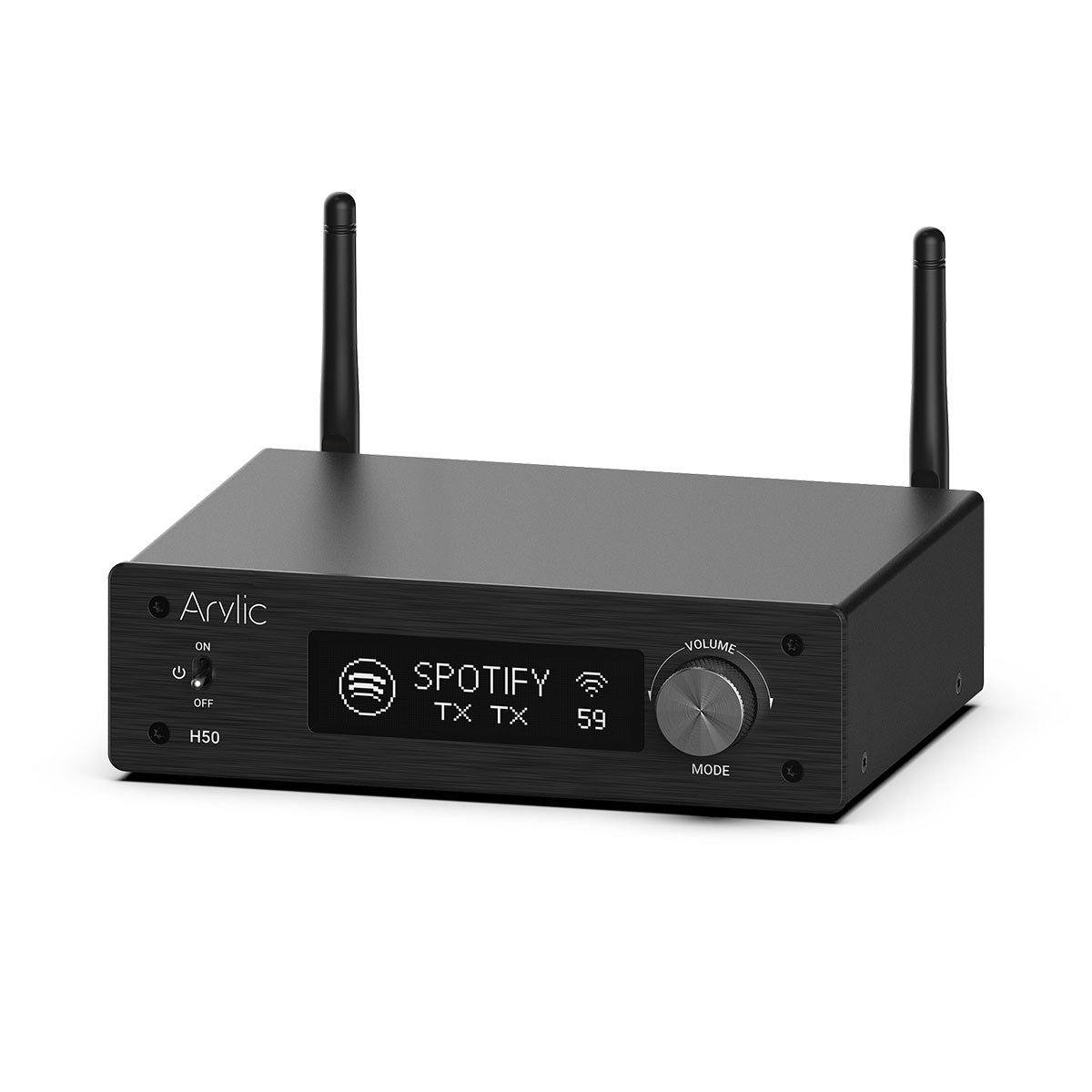
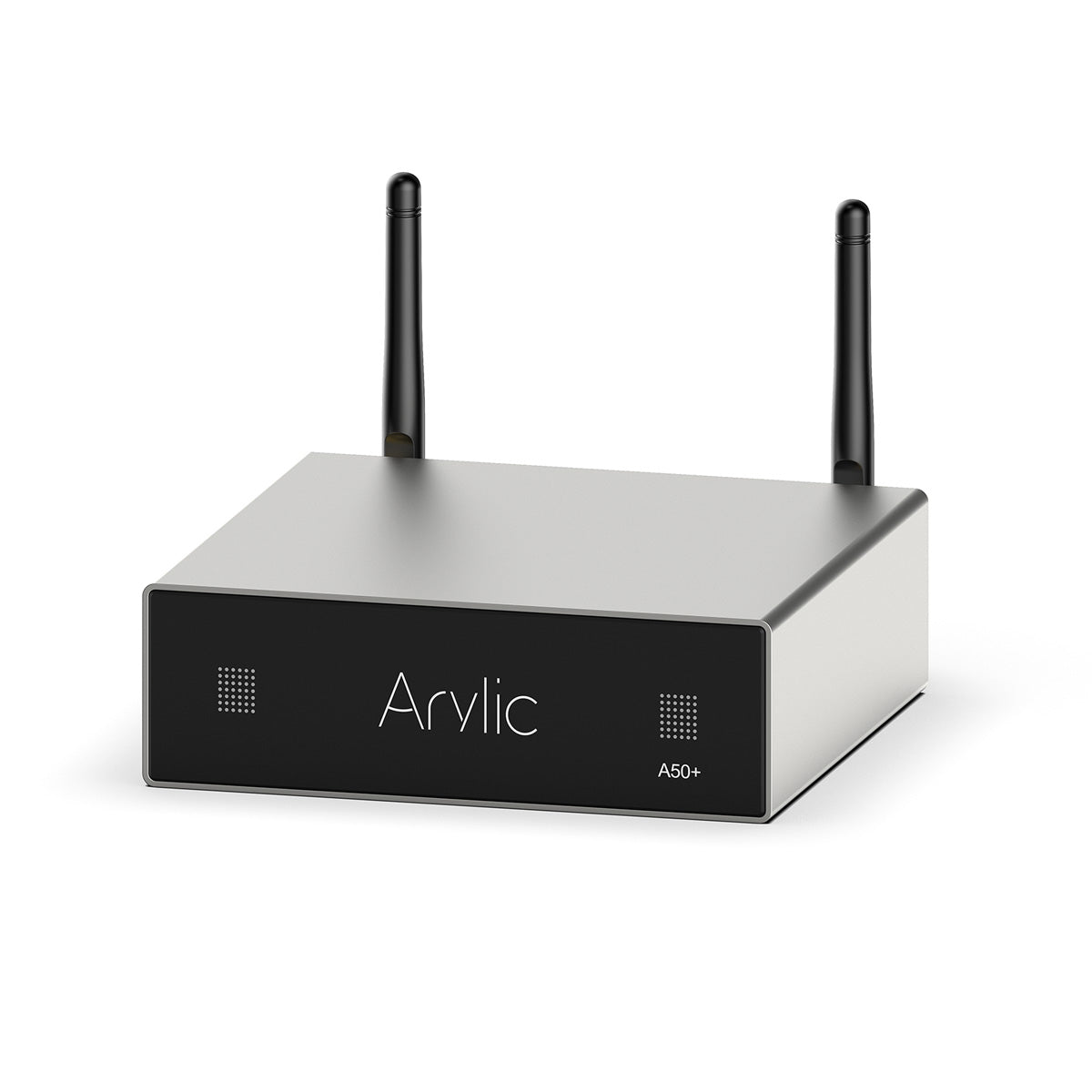
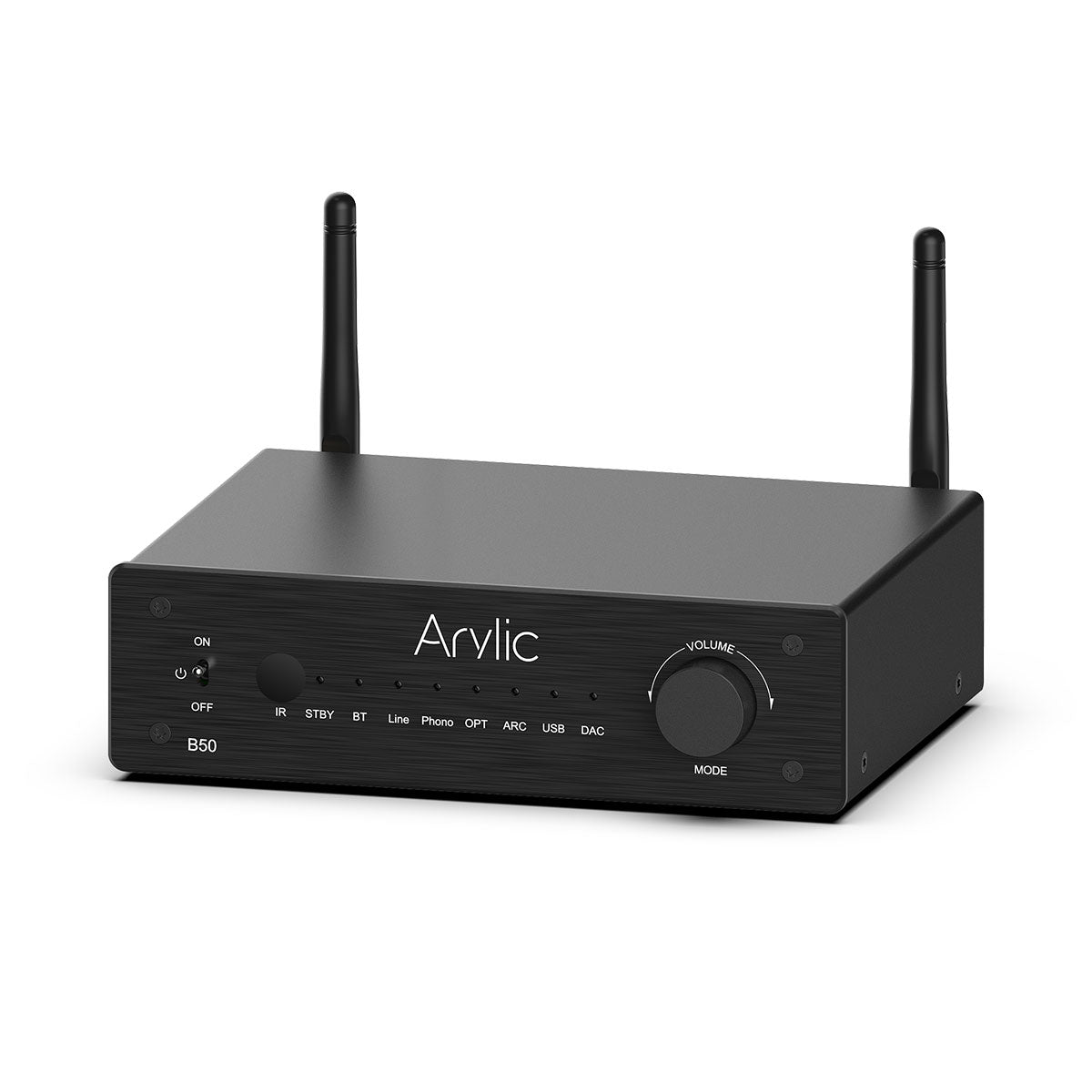
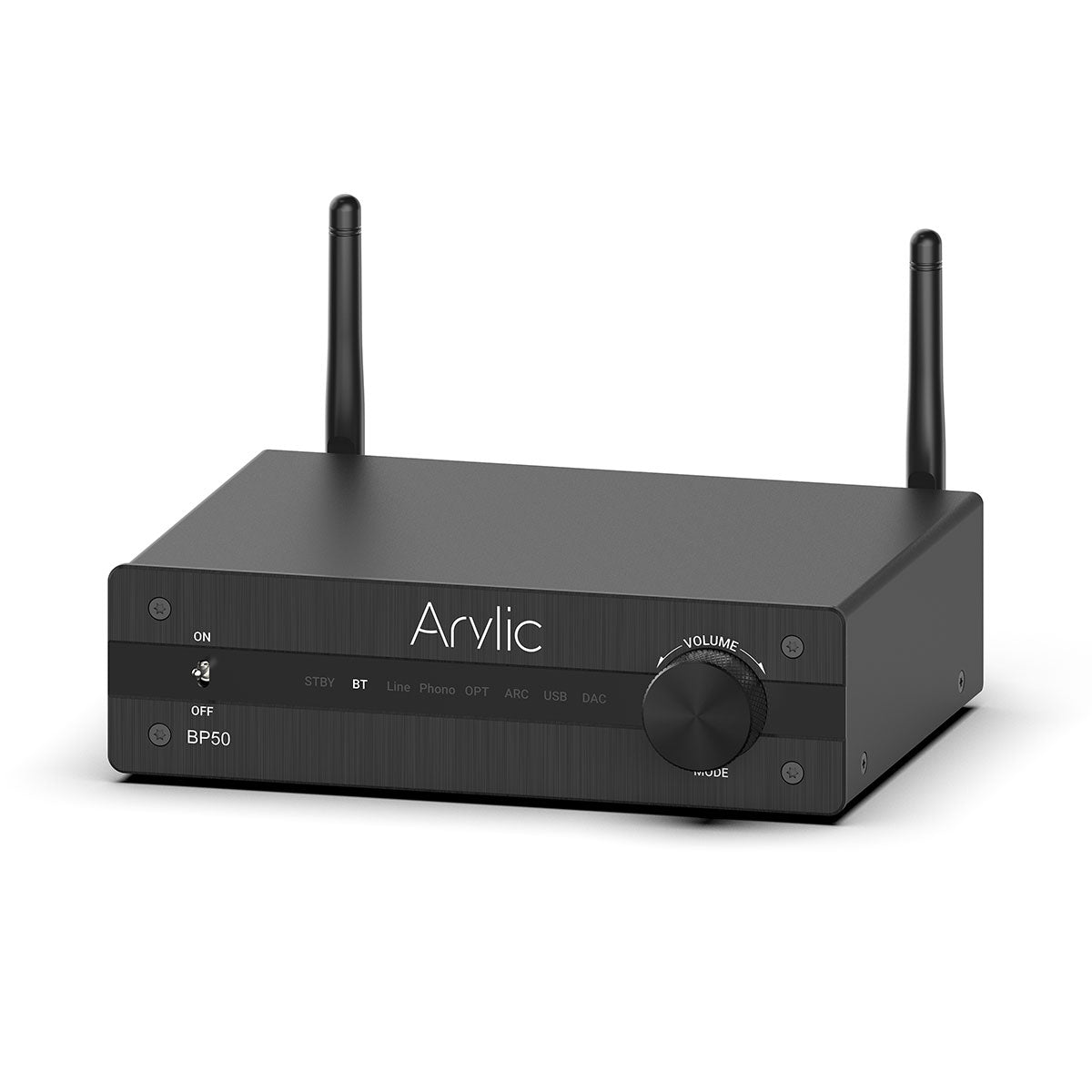
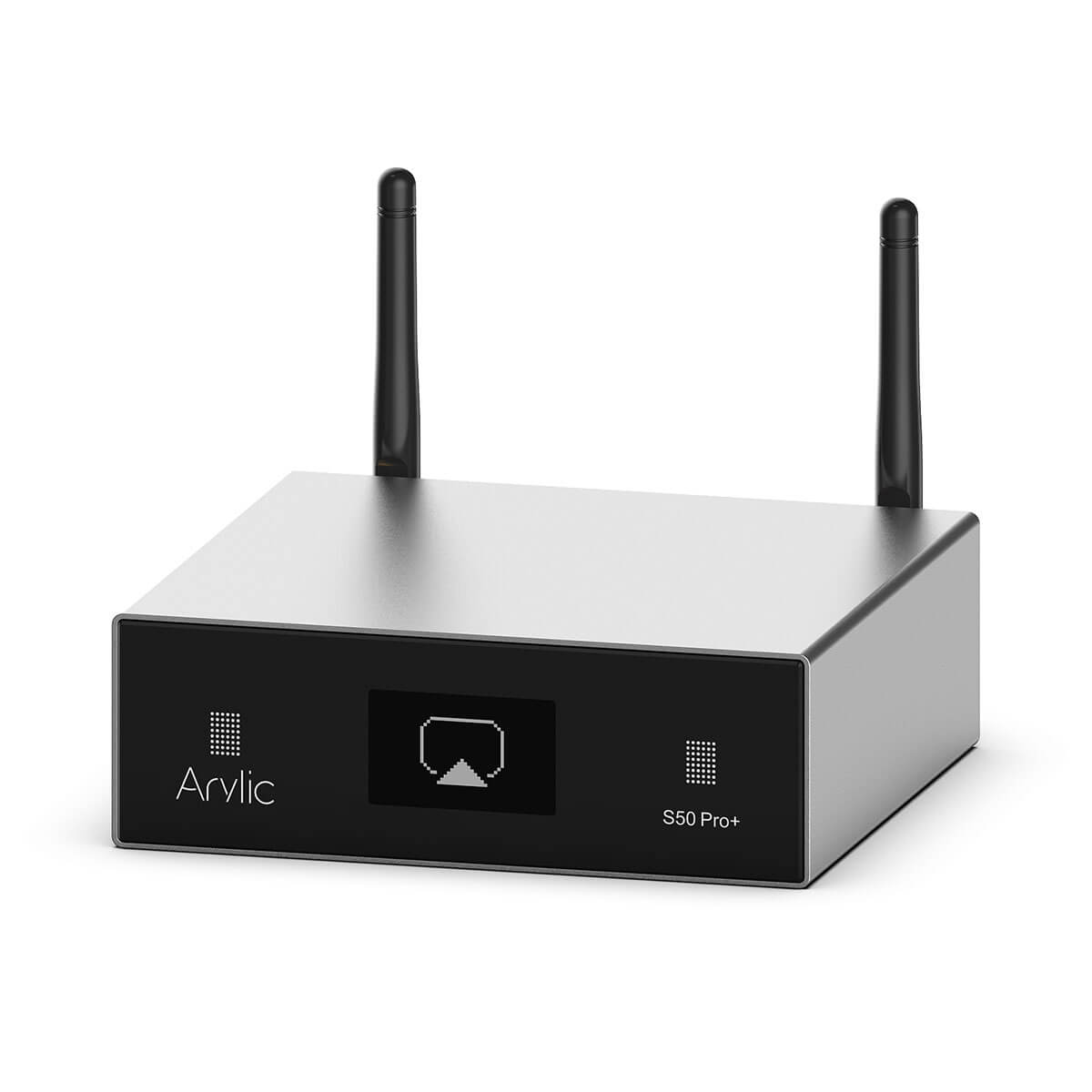
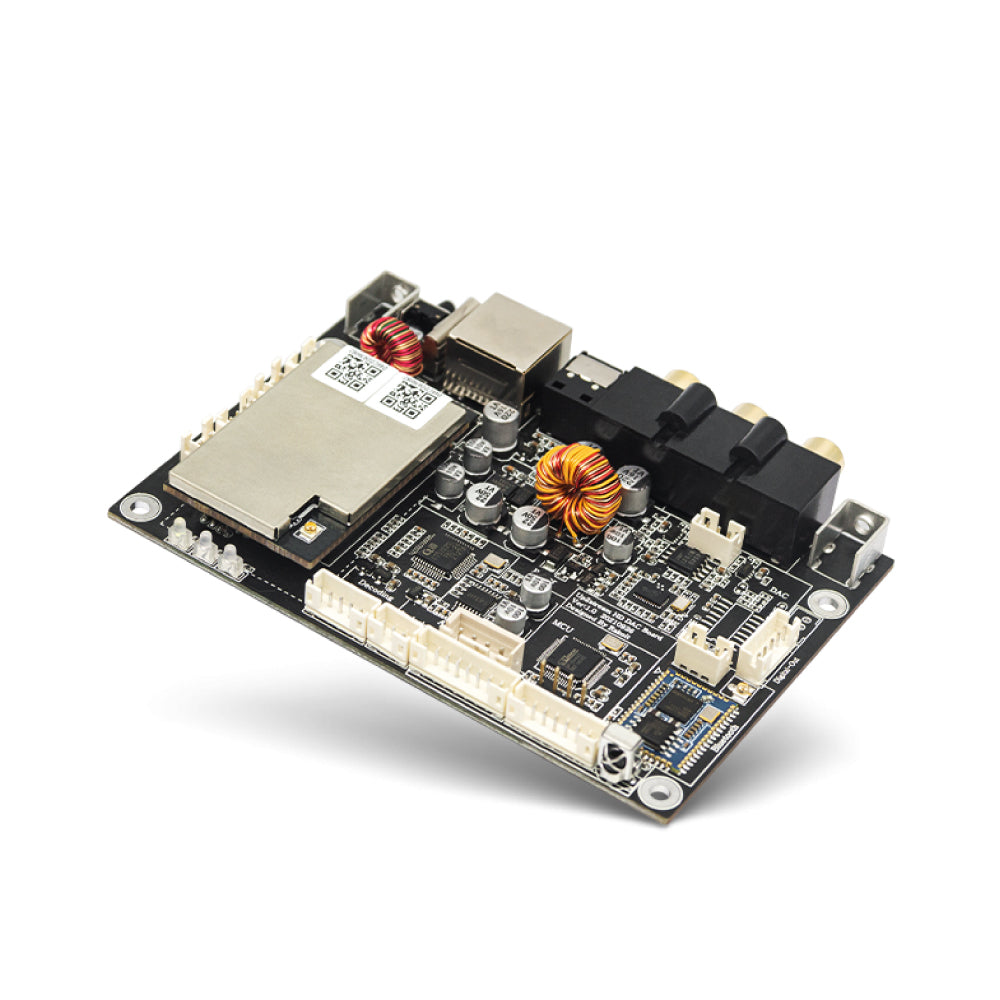
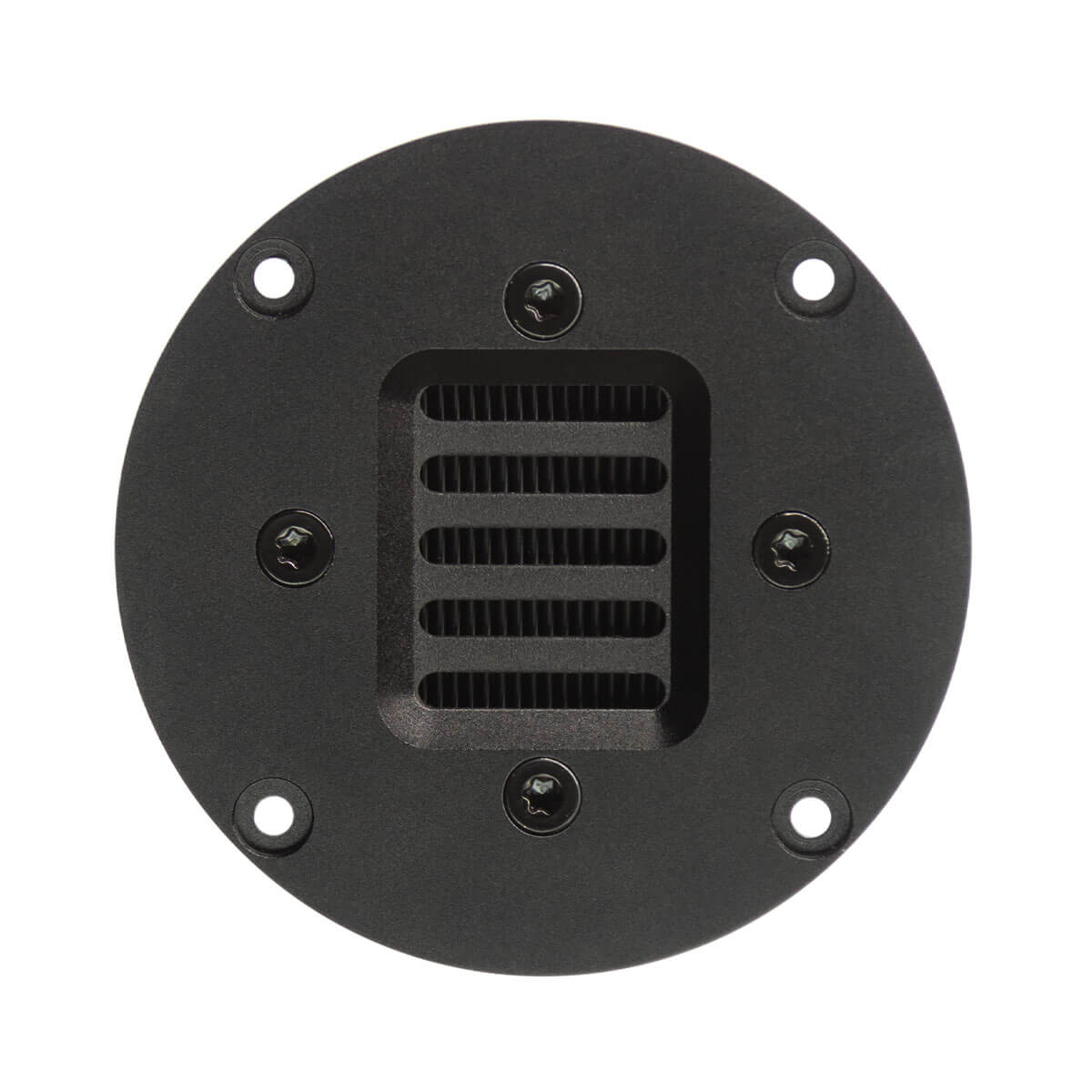
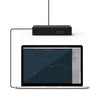
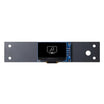
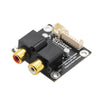
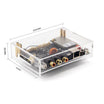
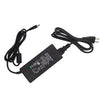
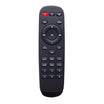
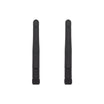
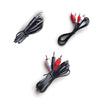
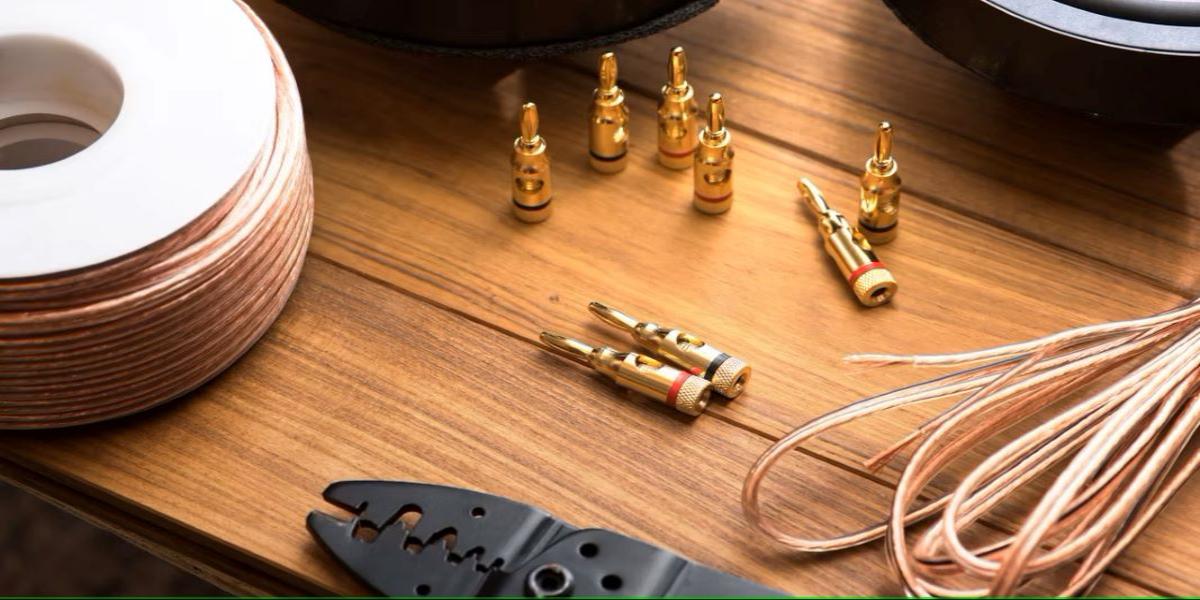


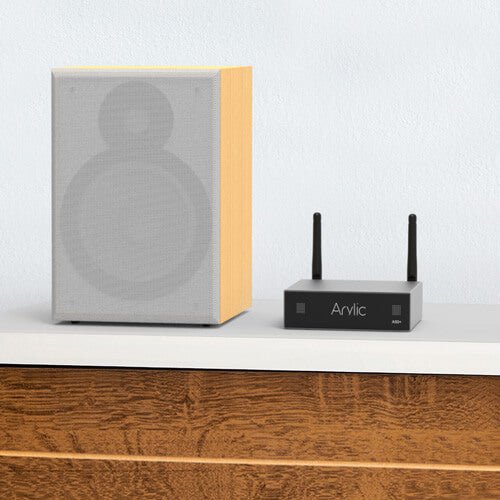
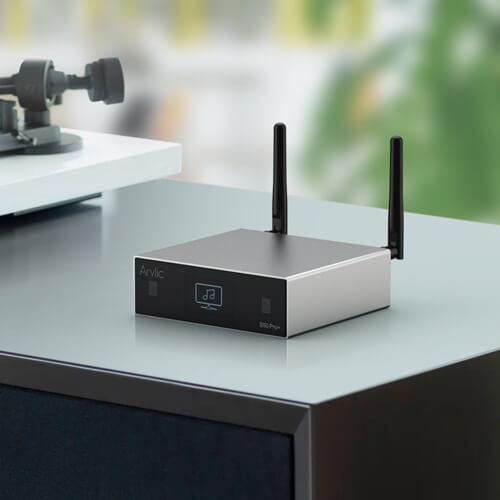
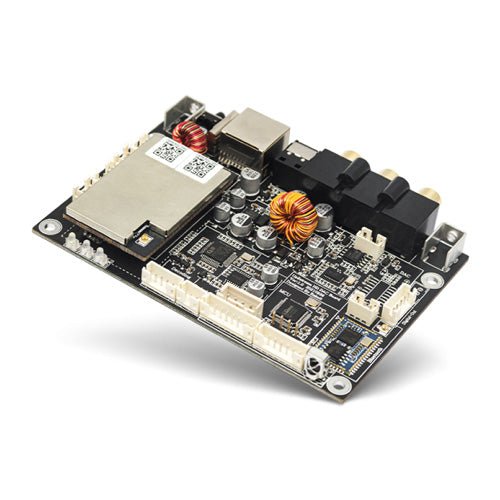

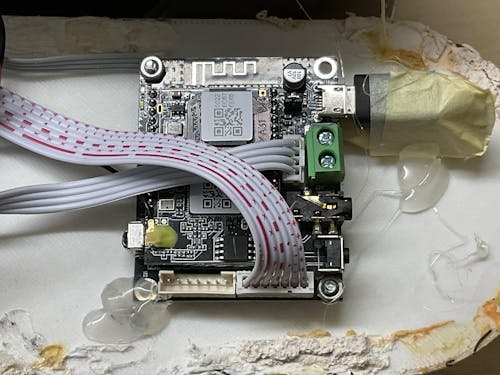

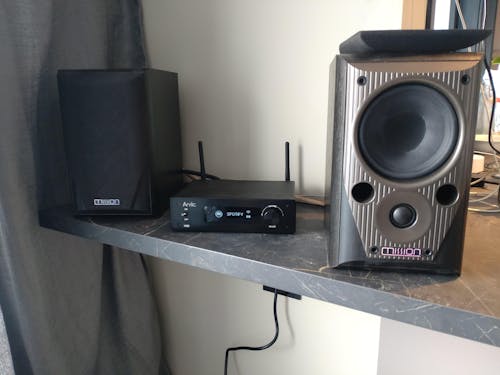
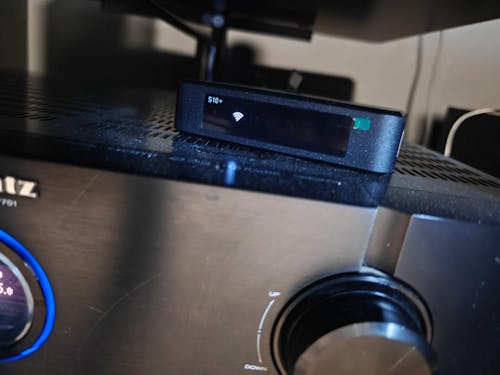
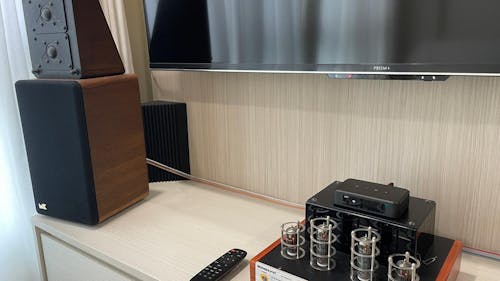
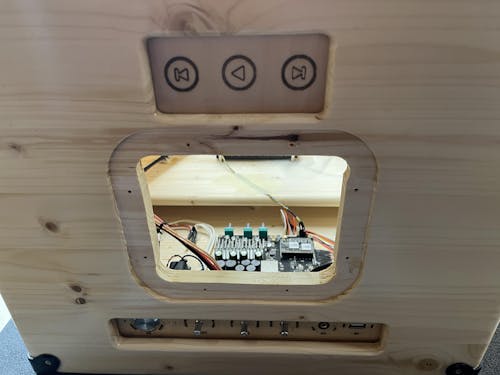
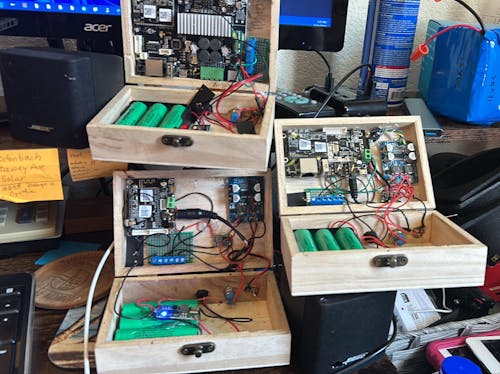
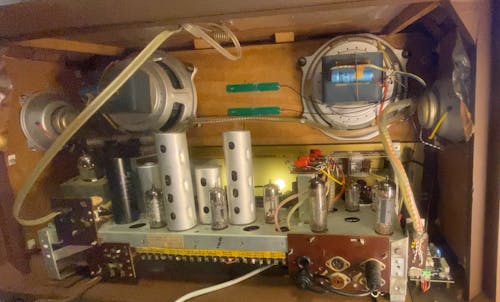
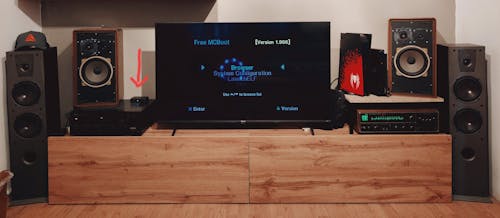

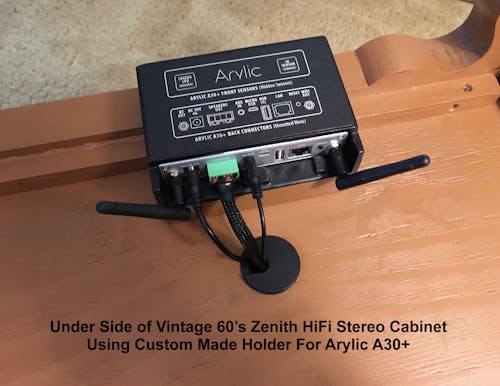
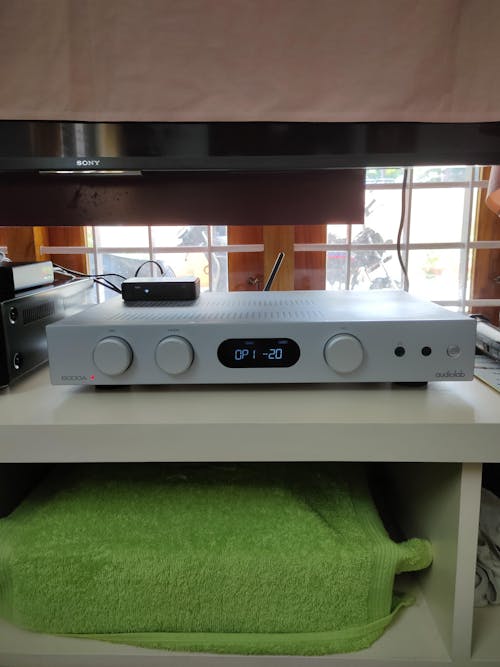
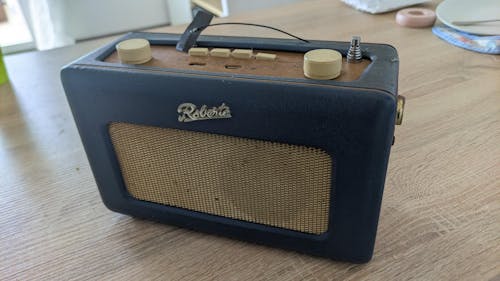
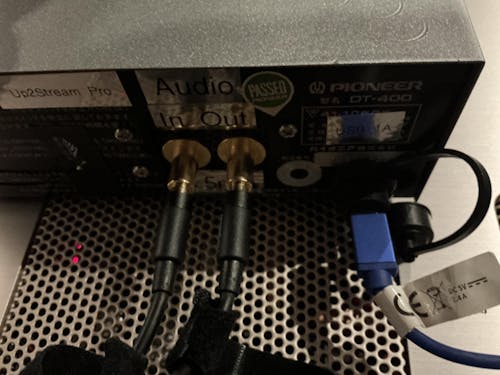
Leave a comment
All comments are moderated before being published.
This site is protected by hCaptcha and the hCaptcha Privacy Policy and Terms of Service apply.